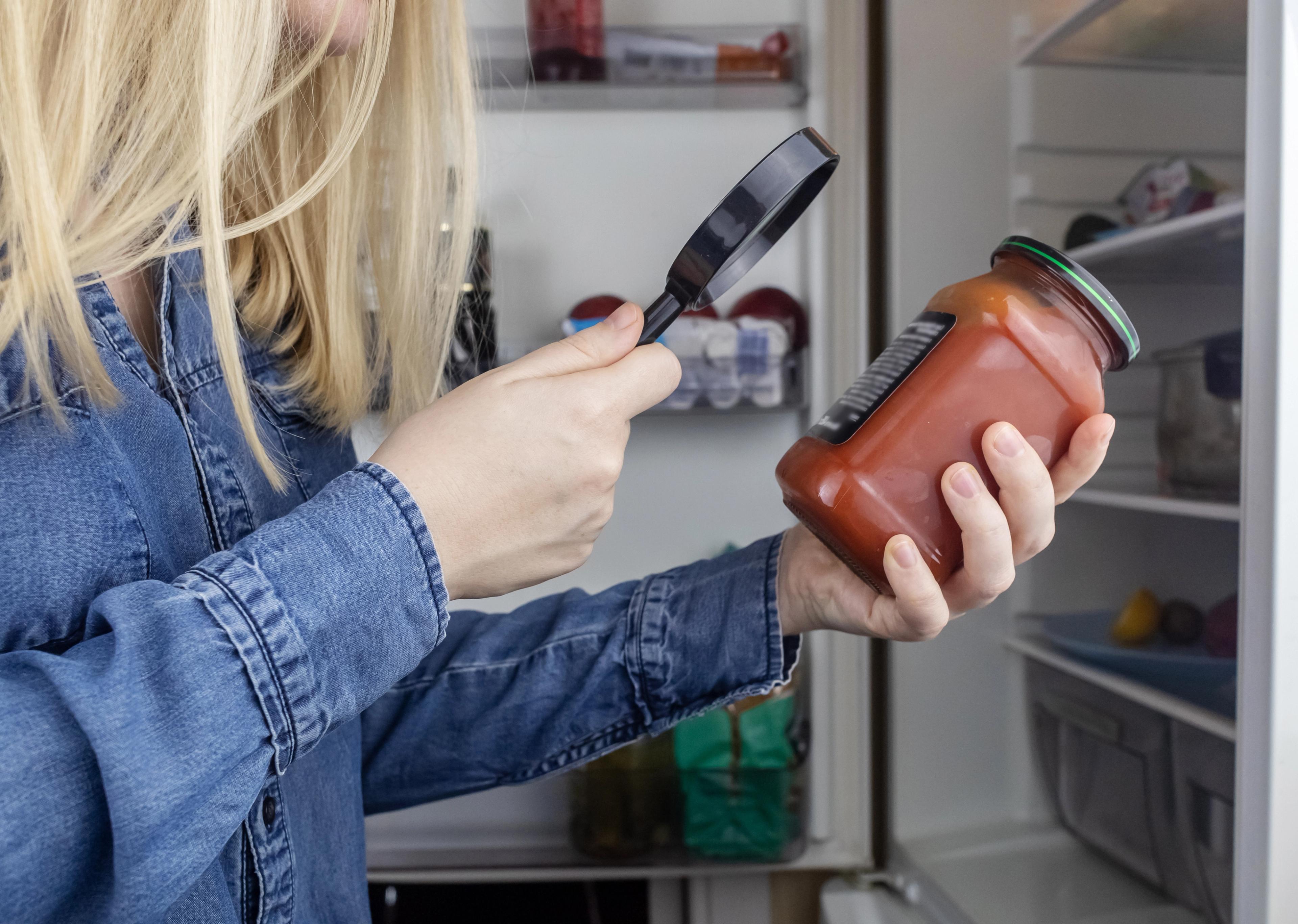Crack the code on food labels
09 July 2025 ·
✔️ Medically Reviewed: 08 July 2025 by Emma Southworth

Crack the code on food labels
Do you feel like food labels are deliberately confusing your brain? Like you’re staring at packaging, like it's written in hieroglyphics? You're not alone.
See past the packaging tricks
Food packaging often makes big promises.
Labels shout about being 'low fat' or 'high protein', but they don't always match the reality inside. Many products labelled 'low fat' are packed with sugar to make up for the flavour.
Don’t just trust the front of the pack, turn it around and read the ingredient list and nutritional information.
Think about your recent shopping trip. Did you genuinely check the labels, or were you swayed by the attractive claims on the front?
How often do you notice marketing tricks affecting your choices?
What's really in your food?
Start with the ingredient list.
Ingredients appear by quantity, from highest to lowest. If sugar is near the top, it's probably more sugary than you want. If you're unsure about aningredient , look it up to see if it’s a vitamin, mineral, healthy or harmful additive.
Give this a go: Grab something from your cupboard and check the ingredients. Use a food-tracking app if you like. Did you spot anything surprising or concerning?
Getting clear on nutritional information
Nutrition labels give you details on energy, fats, carbs, sugars, protein and salt. But beware: serving sizes on labels often don’t match what you actually eat. Comparing label serving sizes to your typical portion helps avoid accidentally overeating.
Try this: Choose a regular snack or meal. Measure your usual portion against the recommended serving size on the label. Do this for a few days to spot any surprising habits.